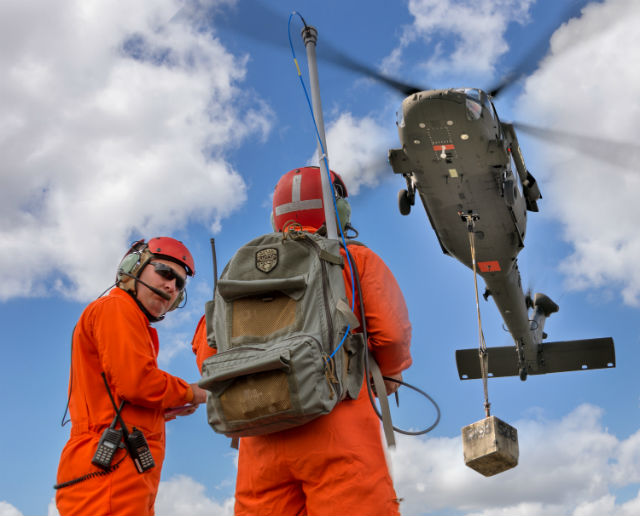Lockheed Martin expects to finalise its $9 billion acquisition of Sikorsky by year’s end, pending a regulatory review in China, company officials say.
The deal has so far not triggered any anti-trust violations in seven jurisdictions where the two companies operate, including Japan, South Korea and most importantly for both, the US.
Lockheed president and chief executive Marillyn Hewson said during a third-quarter earnings call 20 October that she expects the review by China to “clear without difficulty”.
The merge of the two aerospace titans has moved faster than some had predicted, since Lockheed does not currently build helicopters, but instead supplies onboard mission systems. However, the pending deal has sparked a war of words between Lockheed and the Pentagon, with DOD acquisition chief Frank Kendall saying continued consolidation of the defence industrial base could kill off competition and stifles innovation.
In a strongly-worded comeback today, Hewson says there is no evidence to support Kendall’s assumptions, and she disagrees “wholeheartedly” that Lockheed beefing up its portfolio with Sikorsky would “somehow impede or somehow inhibit our innovation”.
“Our Sikorsky acquisition doesn’t limit competition in any way,” she says. “It’s not about the size of the company, it’s about performance. That’s been the standard in our free-enterprise system forever.”

Sikorsky's remotely-piloted UH-60 Black Hawk makes a delivery during tests.
Sikorsky
Kendall says Lockheed’s purchase doesn’t violate current Pentagon policy against the merger of top-tier suppliers in one market, but it does eliminate another prime contractor from a shrinking industrial base, and gives Lockheed significantly more market clout.
“With size comes power, and the department's experience with large defence contractors is that they are not hesitant to use this power for corporate advantage,” he said earlier this month.
The move to buy Sikorsky from United Technologies will likely help rebalance Lockheed’s business portfolio, which is heavily weighted toward the multinational F-35 programme and produces 20% of corporate revenue. The company has also been trying to trim business costs, with Hewson confirming reports that the company intends to reduce its corporate overheads cost by anywhere form 20% to 40%.
Source: FlightGlobal.com























